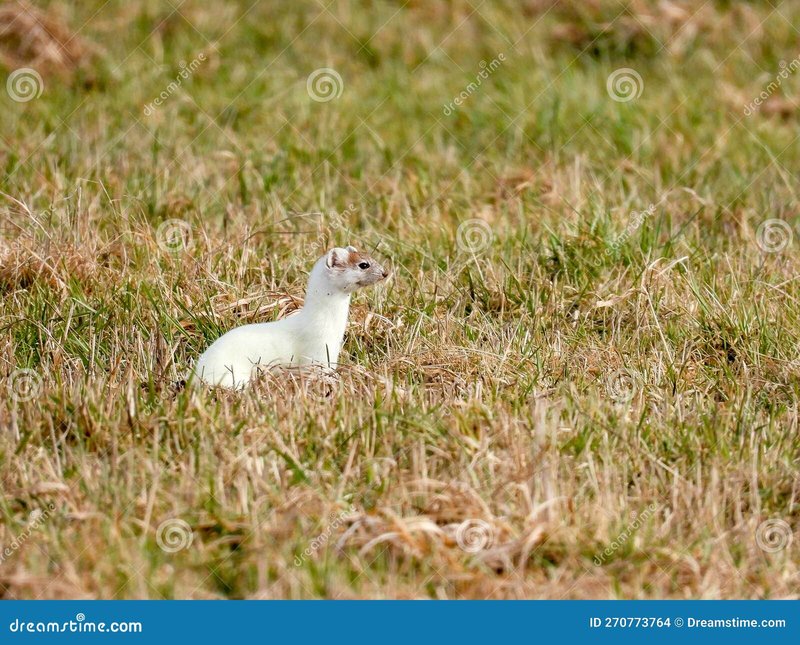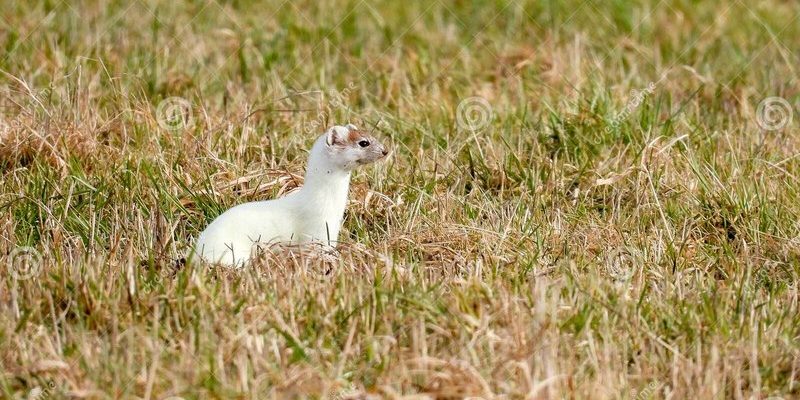
You might be surprised how often myths sprout up around these charming weasels. They’re not just about fashion statements or winter coats. Many people misunderstand their behavior, habitat, and even their diet. So if you’re curious about the truth behind this intriguing animal, grab a cup of coffee, and let’s dive into the common myths and misconceptions about the ermine.
Myth 1: Ermines Are Only Found in Cold Climates
One of the biggest misconceptions about ermines is that they only thrive in frigid regions. While it’s true that these animals don their stunning white fur in winter, they aren’t restricted to tundras and arctic areas. Ermines can be found in a variety of habitats, including forests, grasslands, and even urban areas across Europe, Asia, and North America.
In fact, the ermine’s adaptability is quite remarkable. They thrive in temperate climates, where the terrain offers sufficient cover for hunting and nesting. You might find them darting through underbrush or scurrying across gardens, all while hunting for their favorite foods, like small rodents or insects. So, while winter might be their glamorous season, their presence is more widespread than you might think.
Adaptation to Environments
The ermine’s winter coat is simply an adaptation for camouflage against the snow, helping it evade predators and sneak up on prey. When the snow melts, they change back to a rich brown coat, blending seamlessly into their forest or grassland surroundings.
This seasonal transformation often leads to the misconception that they are only winter dwellers. But really, they’re resourceful animals doing what they can to survive in various environments.
Myth 2: Ermines Are Just Pets with Fancy Names
You might be wondering, “Can I have an ermine as a pet?” Here’s the thing: while they can sometimes be domesticated, they are wild animals at heart. Keeping an ermine as a pet is not only impractical but often illegal. These creatures have specific needs and behaviors that just don’t mesh well with home life.
Ermines are highly active and have a natural instinct to hunt. In the wild, they require ample space to roam, hunt, and interact with their environment. Imagine trying to keep a small tornado in your living room. They thrive on exploring and are best suited to their natural habitats.
Wild vs. Domestic
While some may try to domesticate them, keeping an ermine can lead to stress for the animal. Their diet of fresh prey and various natural stimuli is difficult to replicate in captivity. Plus, these little creatures can carry parasites that might be harmful to domestic pets. It’s best to admire their beauty and behavior from a distance.
Myth 3: Ermines Are Aggressive Creatures
Another common myth is that ermines are aggressive or dangerous. While they might look fierce with their sharp teeth and sleek physique, they are primarily shy and will avoid confrontation whenever possible. They tend to use their speed and agility to escape rather than fight.
In fact, most sightings of ermines involve them darting away into brush or burrows as soon as they detect a human nearby. Yes, they can be territorial, especially during breeding season, but aggression is generally not part of their behavior. They’re more about stealth and cunning than brute force.
The Real Threat
The most significant threats to ermines are environmental; habitat loss and climate change are detrimental to their population. So the next time you hear about ermines, remember that they’re not out to get you. They’re just trying to survive in a rapidly changing world.
Myth 4: Ermines Are Only Known for Their Fur
Yes, the ermine is often associated with luxury fur, but their importance goes far beyond fashion. These creatures play a vital role in their ecosystems, controlling rodent populations and serving as prey for larger animals.
Think of them as tiny ecological balance keepers. By hunting small mammals, they help maintain the health of their environments. Without such animals, rodent populations could explode, leading to overgrazing and other issues.
Ecological Importance
Beyond their role as predators, ermines are also prey for larger predators like hawks and foxes. This dual role makes them crucial to the food web. By respecting these animals and understanding their true significance, we can appreciate their contributions to biodiversity.
Myth 5: Ermines Have a Short Lifespan
While it’s easy to assume small animals have short lives, that’s not necessarily true for ermines. In the wild, they can live between 3 to 7 years, which is pretty standard for animals of their size. However, in captivity, they can live even longer, sometimes up to 10 years with proper care.
Lifespan can vary based on factors like predation, availability of food, and habitat conditions. You might find it surprising that their biggest threats aren’t other animals, but rather human activities affecting their environment.
Survival Strategies
Ermines have a range of survival strategies to help extend their lives, including using their stealth to escape predators and a varied diet to avoid competition. As we learn more about their lives, we can better appreciate the resilience of these creatures and the challenges they face.
Ermines are fascinating creatures, often misunderstood. By debunking these myths, we can foster a greater appreciation for their role in ecosystems and the challenges they face. Remember, while they might be small, their impact is anything but insignificant.
So, the next time you see an ermine—whether it’s in a documentary or a fashion spread—take a moment to remember what makes them truly unique. They’re not just symbols of luxury; they are vital players in the complex tapestry of nature. Understanding these truths about ermines helps us advocate for their protection and preservation in a world that often overlooks their importance.

